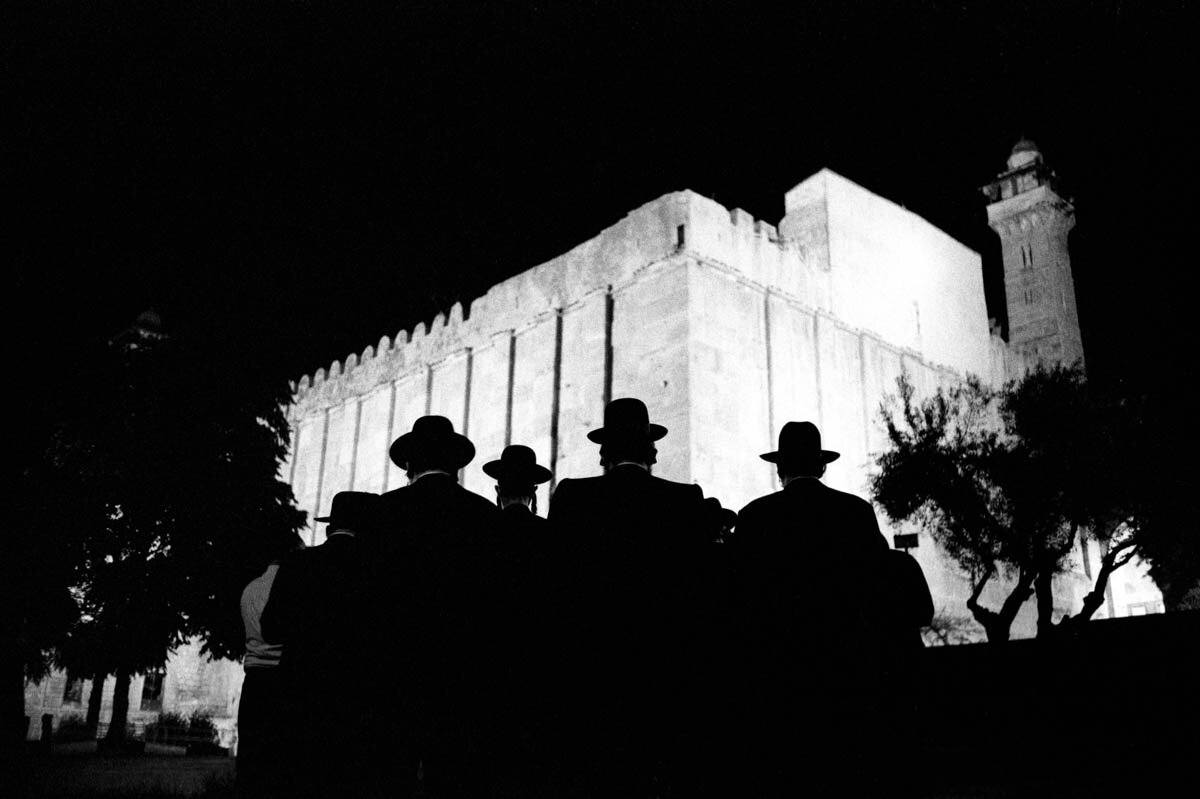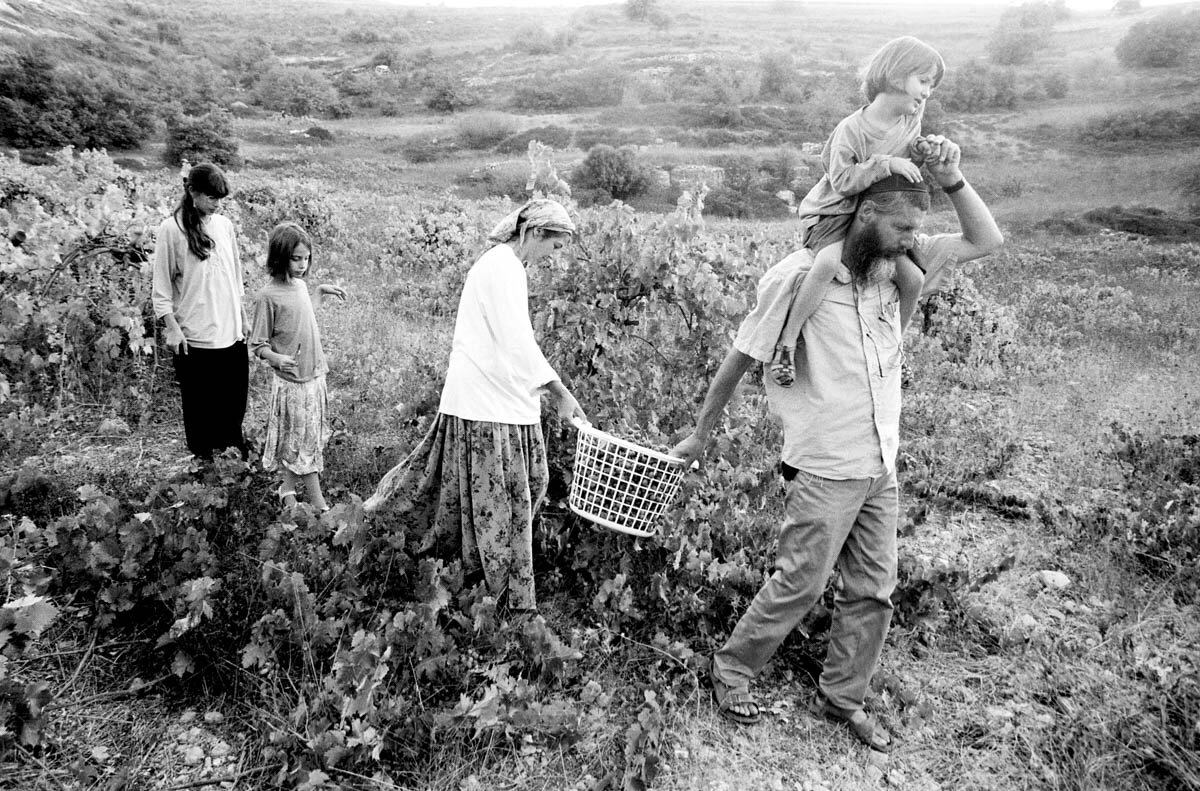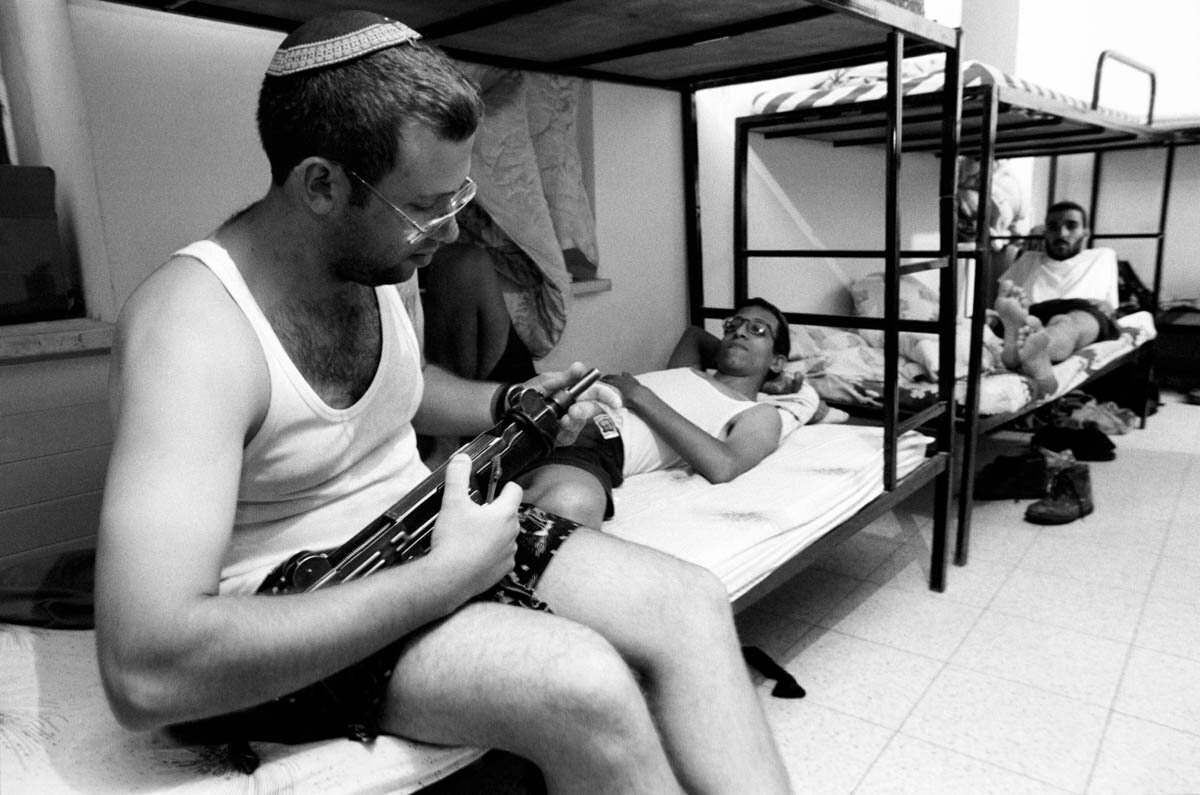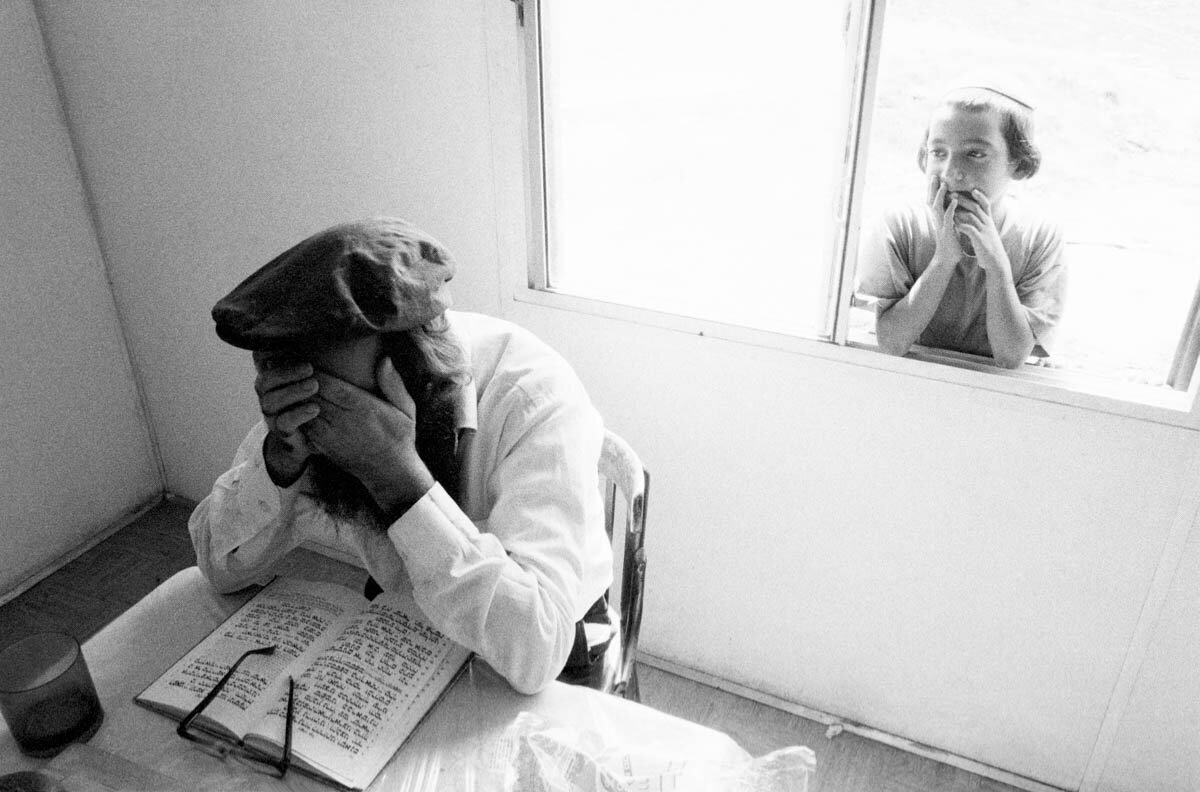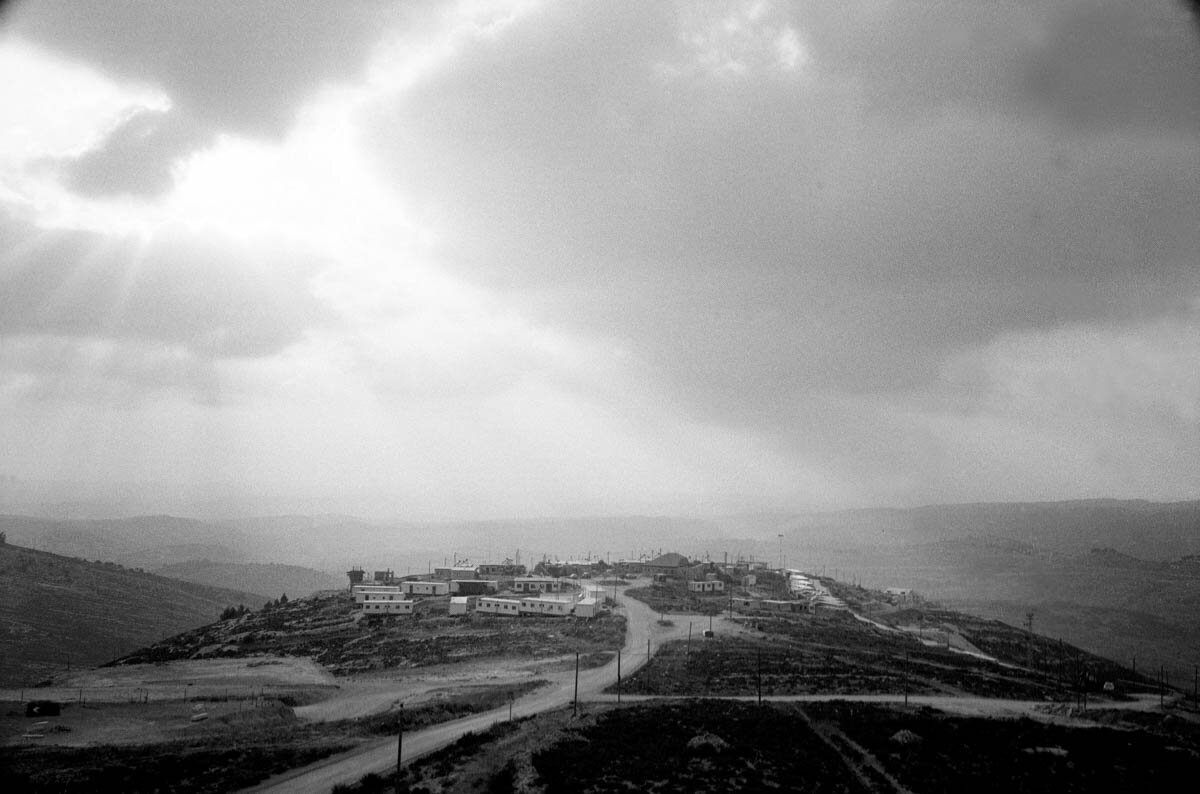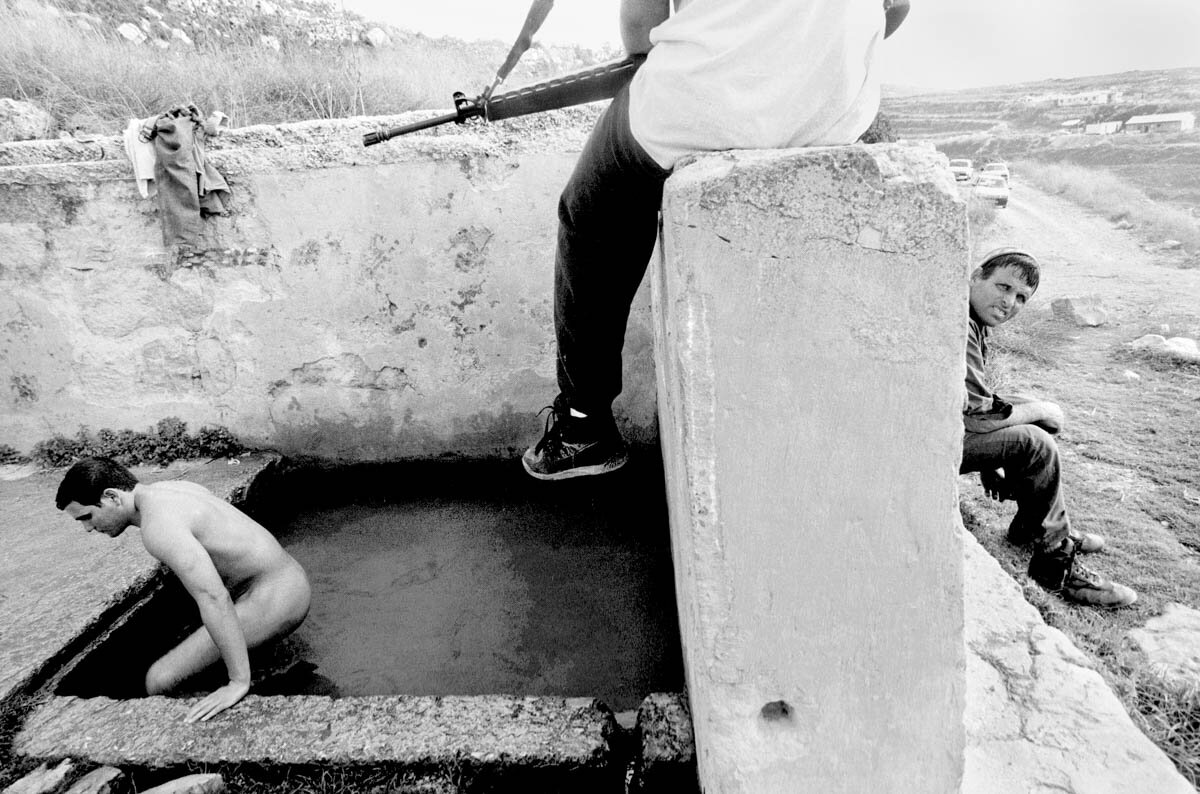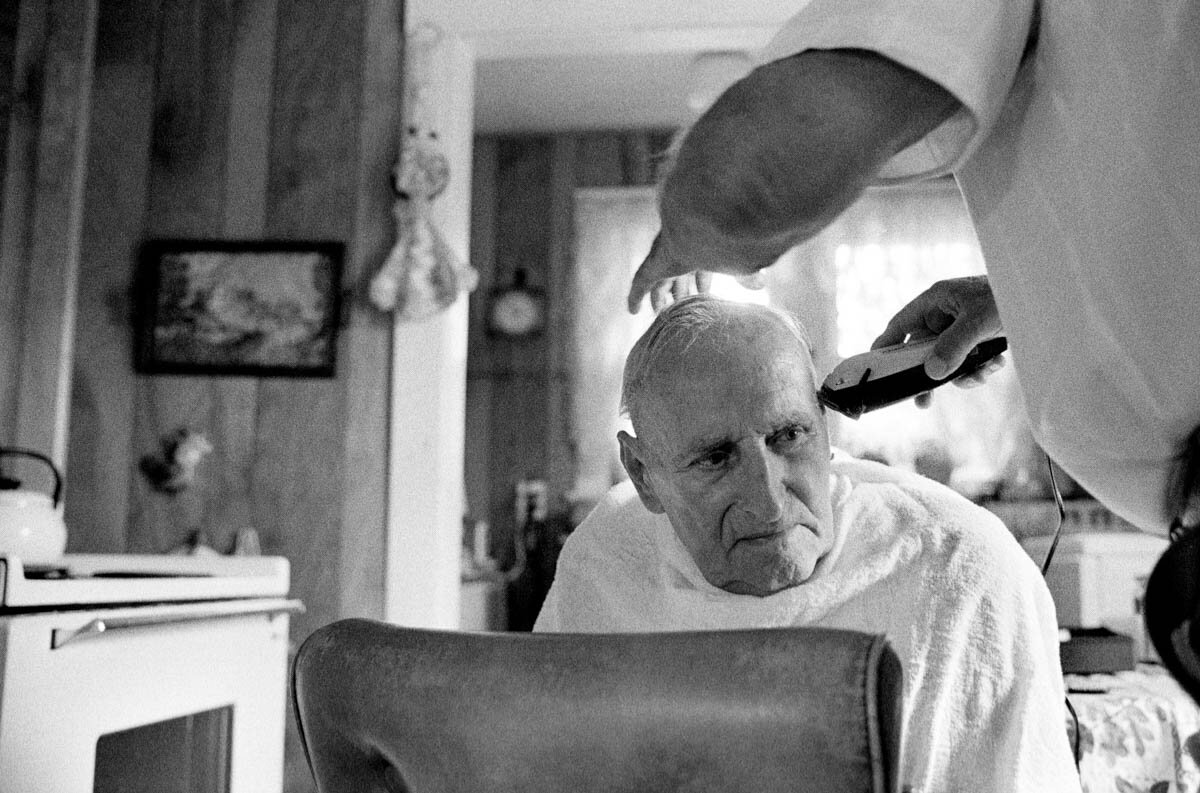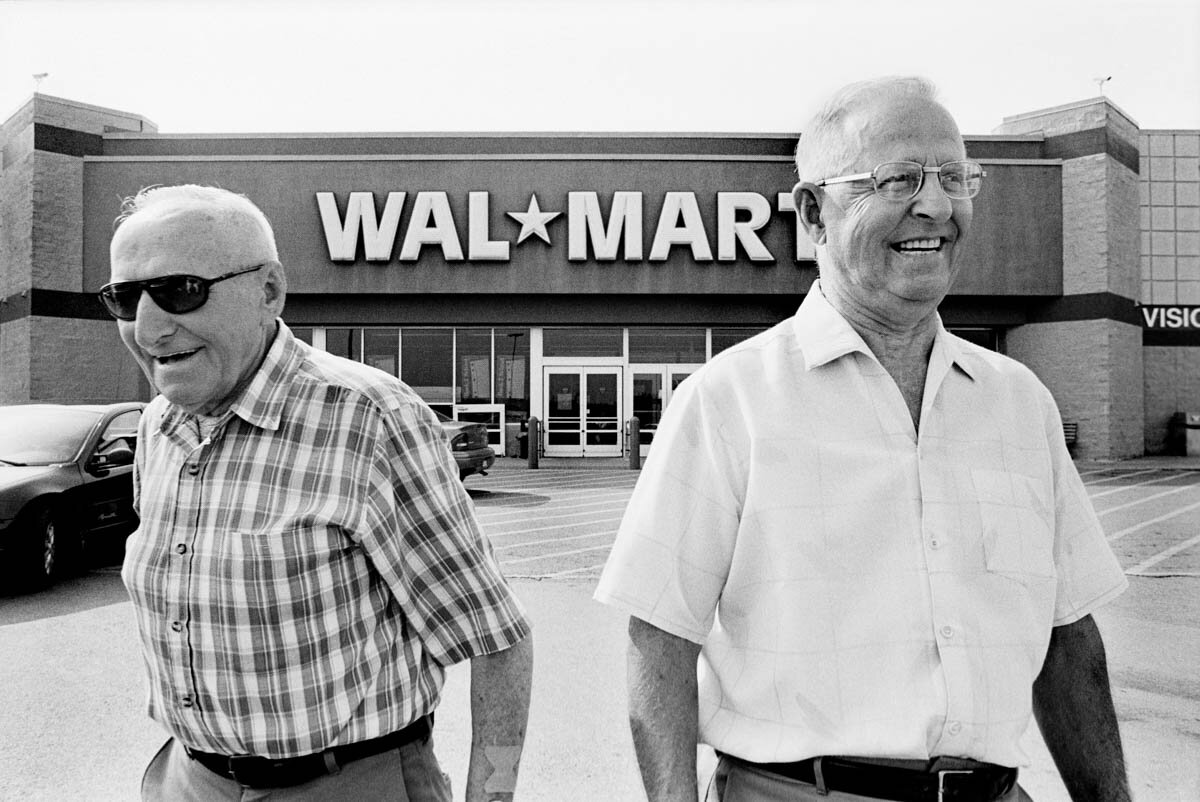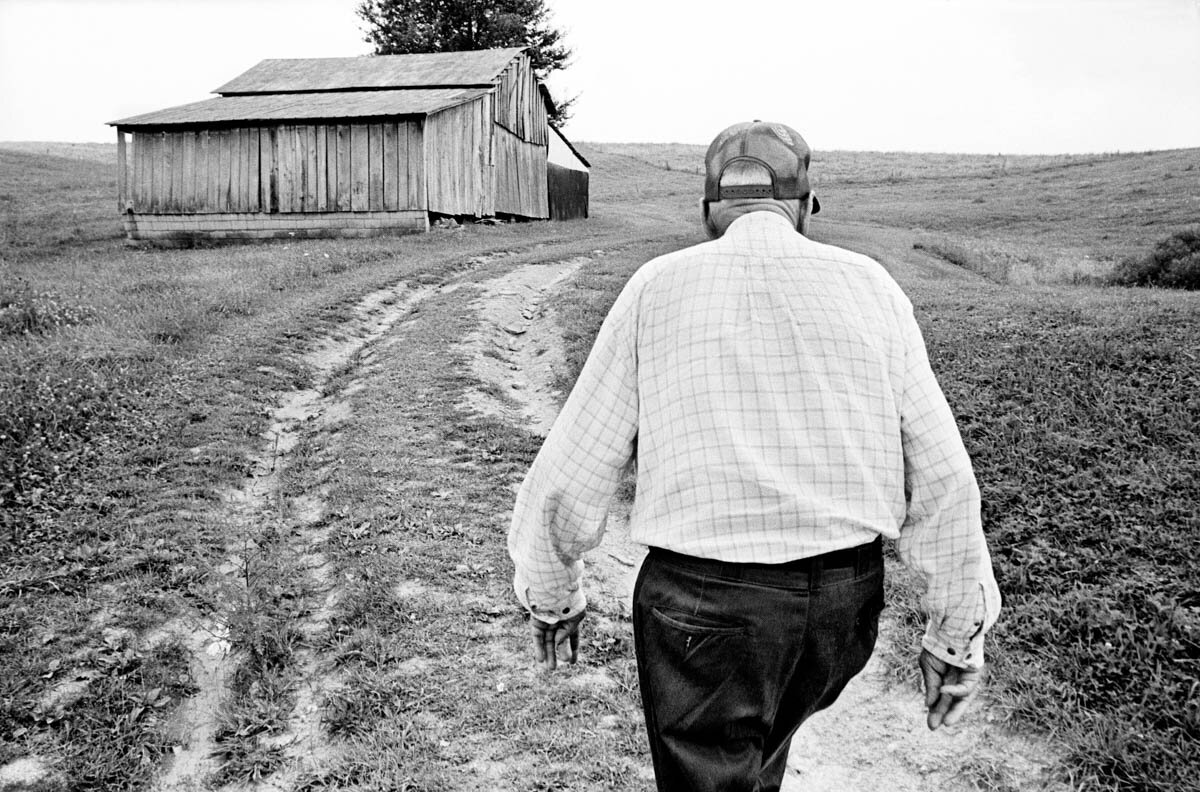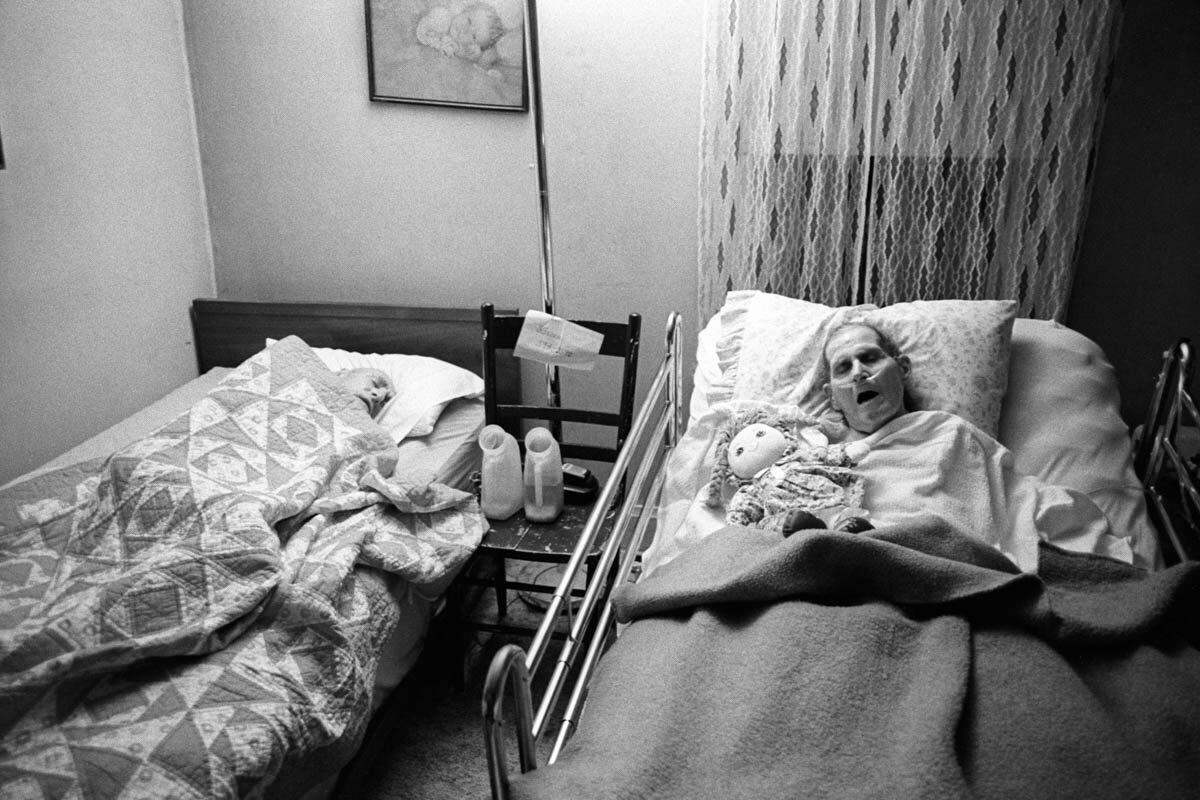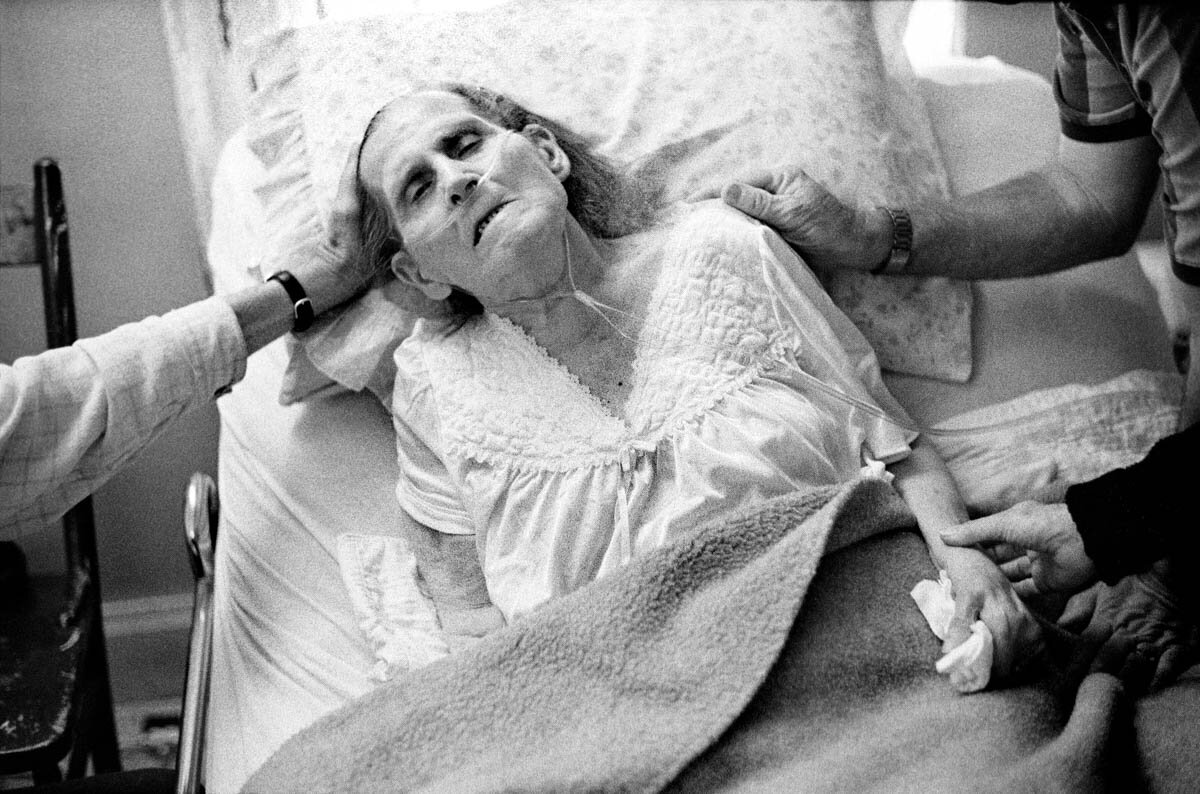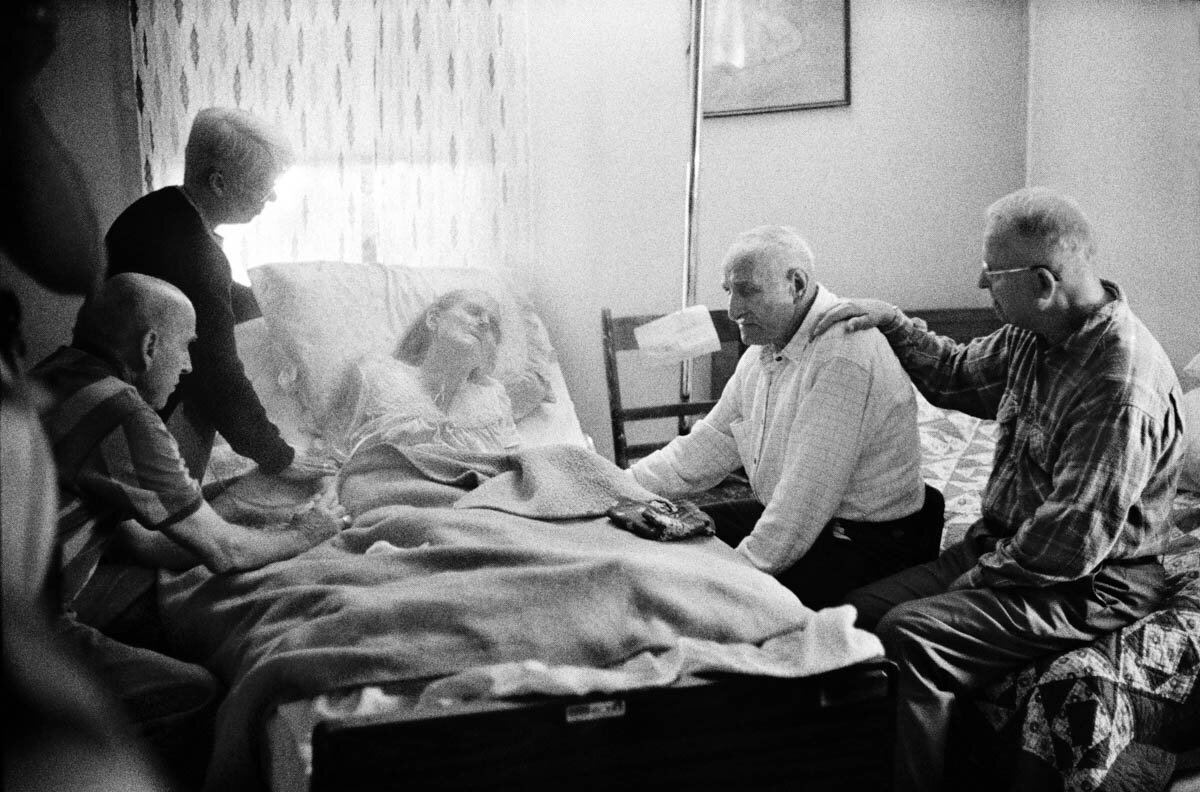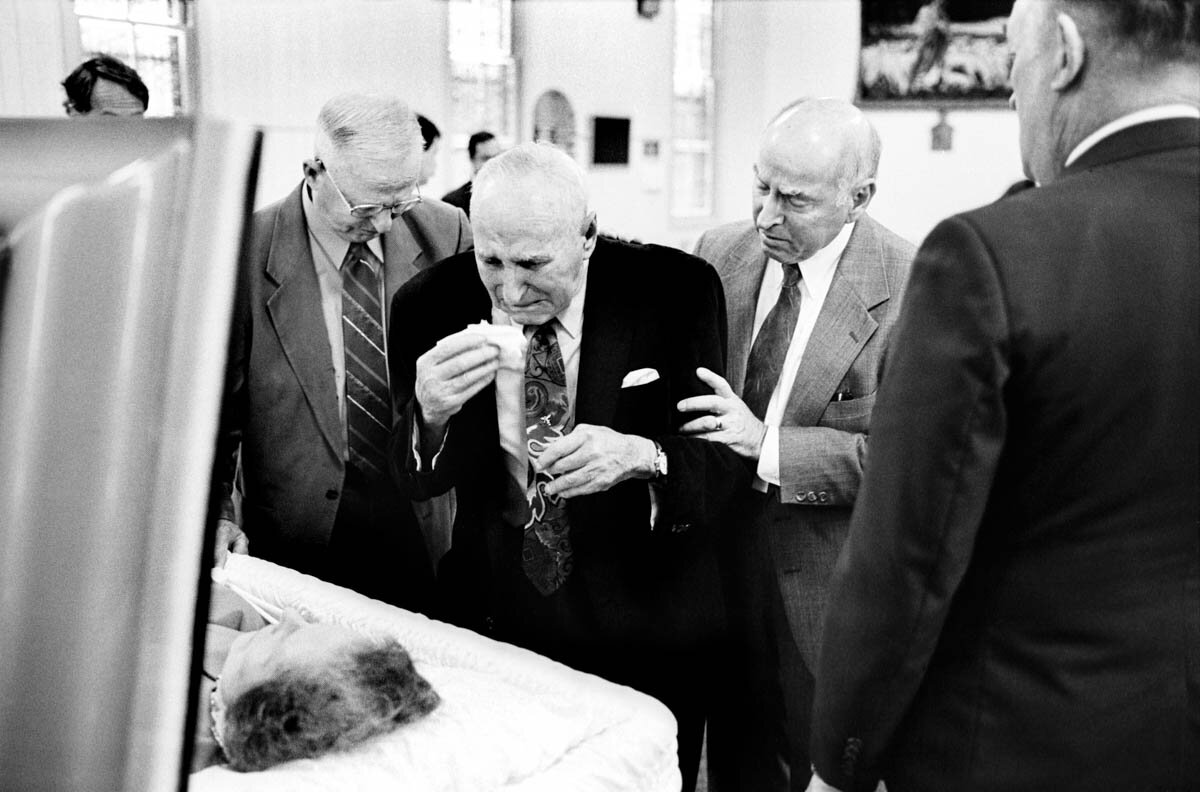Soon after I moved to the East Coast from San Francisco in 2005, I scheduled a meeting with a well-known curator. I was eager to expand the scope of my work into the gallery world, so I showed up to the meeting with a portfolio of prints. By this time in my career, I had had many meetings with editors, designers and other creatives who routinely judge and hire photographers. But this was the first time I was meeting with a famous curator who ran a prestigious New York gallery: someone revered by photographers and artists.
We sat down across from each other – the respected art curator and the hopeful photojournalist. I handed him the prints I had brought with me and we both fell silent as he began to leaf through them. After the third or fourth print, he stopped.
“You know when I look at work, I really want to feel like I want to fuck it,” he said.
Then he smiled. But it couldn’t have been clearer that he didn’t want to fuck my pictures, which is a rather crude way of saying that he wasn’t interested. I had been in enough good and bad meetings to know that this wasn’t the kind that leads anywhere.
People on the street are reflected in mirrors in the Citadel Frame Shop, opposite Arbil’s historic citadel, in Arbil, Iraq on April 17, 2005. Photo ©Ed Kashi/VII
The name of this piece has been, somewhat cheekily, adapted from an essay by British photographer Paul Graham entitled ‘The Unreasonable Apple.’ If you haven’t read it already, please do so. Graham argues that ‘straight photography’ is valued less in the art world, partly because it is not perceived to have a process that is demonstrable – unlike other forms of photography where the photographer’s approach and technique is as important as what is in the picture. His words are elegant and concise, but it is the sense of exasperation he conveys that I most wish to amplify here, because I too am exasperated. In my case, it’s with the dialectic that exists between the worlds of photojournalism and the art photography. In my mind they are different parts of the same world, and the boundaries that have been drawn up between them nonsensical and artificial. These borders conveniently preserve a ‘precious’ place for the art world, away from the reality-based work of photojournalists, reportage and many documentary photographers.
Before I continue, I wish to acknowledge that writing this essay may give the impression that I am an aggrieved photographer who has been denied something he wants and is thus writing to hit back at those who have denied him. This is not at all my intention. My concern here is less about the acceptance of my work, but rather the attitude that so often excludes reality based and ‘of the moment photojournalism’ from garnering the same kind of respect and appreciation as other kinds of photography deemed “fine art.” This isn’t an attempt to set photojournalism apart: rather, it is an attempt to point out that it is no less deserving of recognition – in this case as it pertains to its value alongside photography that is more conceptual, engineered, directed and constructed. I believe the best of photojournalism can simultaneously be used to convey information while also capturing beauty and challenging the viewer’s mind.
Local villagers fish for saifotsy in the Anony Lake, which is an estuary fed by the ocean. These villagers usually farm, but due to a lack of water, they must resort to fishing. They are fishing using a trawling method with mosquito nets provided by USAID. Trawling is destructive due to the amount of by-catches which further deplete the lake’s fish stocks. Photo ©Ed Kashi/VII
The frustrating part about the meeting I had with the curator was that I didn’t know what to take away from it. As a documentary photographer I was bewildered. What was I supposed to make of what he said? Does he want work that is sexier? What do sexier pictures even look like? It really threw me and it still makes me feel uncomfortable about the photography world he belongs to. I understand the desire of curators and gallerists to explore technique, materials and innovative approaches. I’ve also come to understand the need of gallery owners to pay rent, so they must find and push work that they feel will sell. Obviously, much of photojournalism is too raw and frankly depressing to expect people to pay money for something they would not want to live with on their walls.
I appreciate the thoughtful and conceptual work of visual artists who push our boundaries of perception and creativity. Yet there is something transcendent and deeply meaningful when a photographer observes the world and captures images of real people in real time. There is almost an athletic aspect to this kind of work, which often must overcome imperfect visual scenes, unfriendly situations, poor light and unruly subjects, to produce images that reflect a certain version of reality that has been witnessed and captured. Photojournalism can be truly beautiful and thought provoking, but it also must be based in reality.
A roadside food stand along the Karakorum Highway in northern Pakistan. The Karakorum connects Pakistan to China, and is the highest paved road on earth. Photo ©Ed Kashi/VII
I am a pragmatic person. I always try to figure out what I can take away from an experience: how I can improve, what I can do better, what worked, what didn’t work. I do my best to operate from a place of sincerity. But when you enter these other worlds, that’s not necessarily what they’re looking for. This essay is the first part of a two-part series on photojournalism’s place in the art of photography. There is no question that art photographers have been influenced by how photojournalists view the world, and vice versa, yet I still find myself confronted with the notion that photojournalism is somehow lesser, even among current and former practitioners. I’m writing to disprove the antiquated notion that “straight” photojournalism is somehow too simple or without intentional process, or too obvious to be allowed a place at the table that is the world of fine art photography. There is something magical about observing the world with knowledge and purpose, so that you might take on the difficult task of using your reflexes to make a picture that goes beyond the literal and the obvious. While much of photojournalism is predictable and serves a very defined and narrow purpose, the best of photojournalism transcends purpose, place, time, application and usage, creating imagery that is at once timeless and powerful.
- Ed










